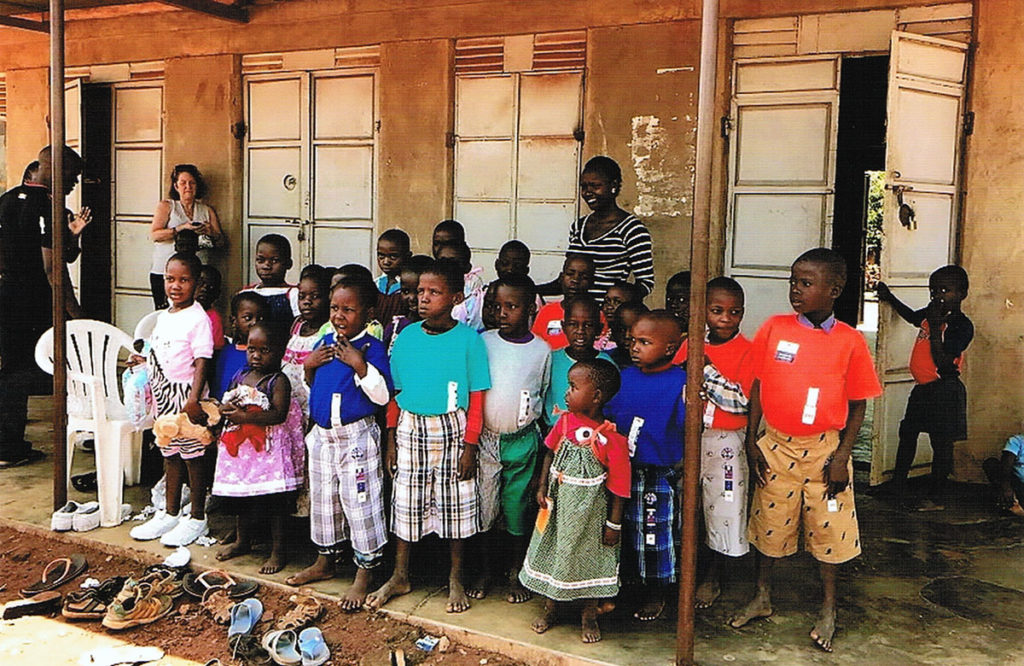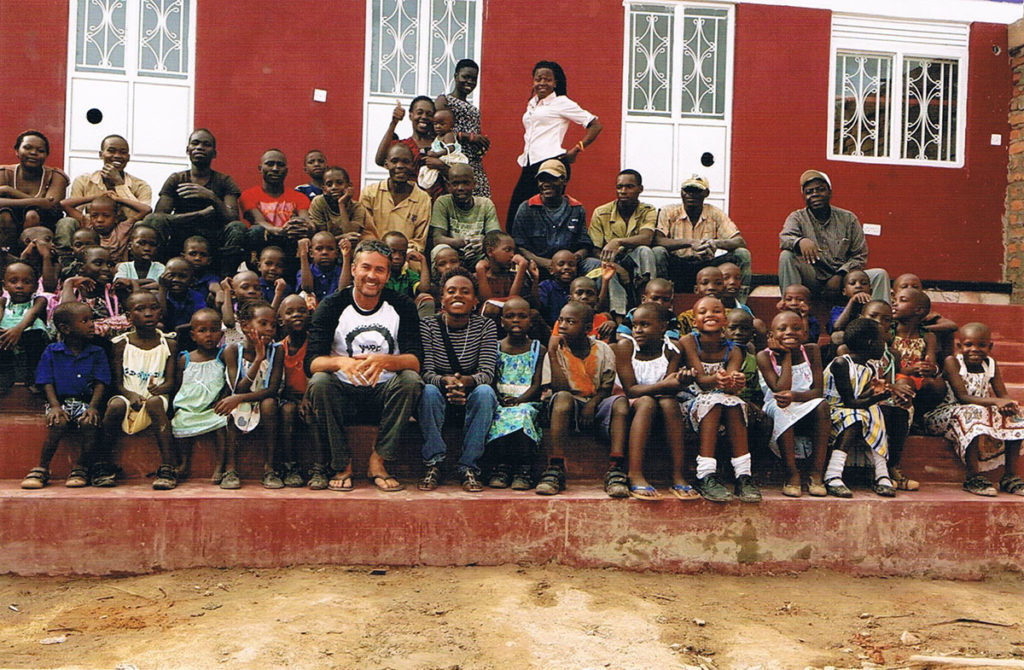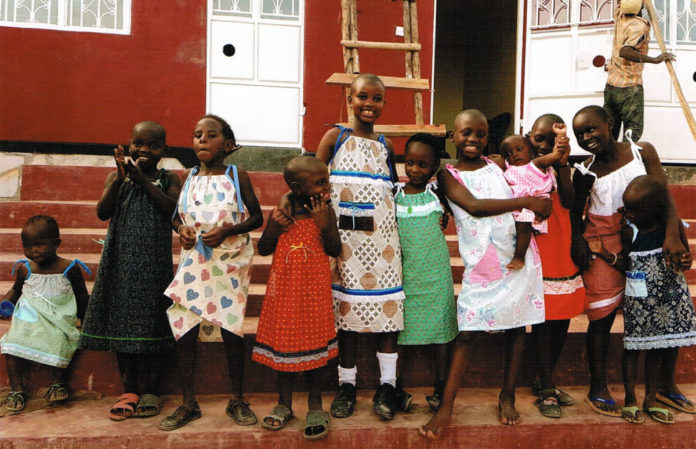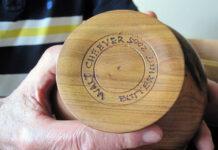Five years ago, Mankatoan Marilyn Streit wondered what to do with the fabric she had inherited from her mother.
While attending a church convention, she learned of a heartwarming solution. She noticed a booth that had girls’ dresses on display and learned that it was part of the international Little Dresses Project, through which volunteers sew clothing for needy children in other countries. Streit picked up a dress pattern, went home and made a dress.
“Since I began, I’ve made about 70 dresses,” said Streit, who has used 70 yards of her late mother’s fabric. “It’s such a good, heartwarming feeling, knowing the children have clothing to wear and seeing their big smiles in photos.”
An easy pattern to follow
The Little Dresses Project is coordinated in this area of the state by New Ulm resident Mary Warner. One of her primary tasks, with occasional help from two other volunteers, is to assemble ready-to-make kits for seamstresses to pick up and sew at home.
Each kit contains all that is needed to sew and decorate a girl’s dress or a pair of shorts for boys. Seamstresses drop off the completed clothing at Warner’s home. The clothing is later distributed by other volunteers to needy children in many countries. Delivery volunteers often return with photos of children wearing their new garb—and wearing smiles.
“I like to sew the dresses, because they’re so darling,” Streit said. “It’s amazing how Mary coordinates everything in each kit: fabric, trim and buttons, with everything pinned, including the trim pinned where it’s supposed to be.”
We put an announcement in the New Ulm Journal, and the idea took off like you wouldn’t believe.Mary Warner
Working under the auspices of the New Ulm Senior Center (CAST), Warner has been a volunteer with the Little Dresses Project since February 2011, when she learned of a similar project in Sleepy Eye.
“There were three of us ladies who were friends,” Warner said. “One of them heard of this sewing project while shopping at a thrift store in Sleepy Eye and thought it would be a good idea for some of the women in New Ulm. We took the name of the project (littledressesforAfrica.org), looked it up on the computer and learned how to make the dresses and shorts.

“We had to figure out a plan before we presented the project, so we met with the director of the New Ulm Senior Center and explained how we would get the materials and how the dresses would be made. We put an announcement in the New Ulm Journal, and the idea took off like you wouldn’t believe.”
The group now has 36 volunteers sewing in surrounding counties, in the Twin Cities and even out of state. Some mail the clothing to a Little Dresses warehouse in Michigan, others deliver to Warner when visiting relatives in Minnesota.
Warner soon had to dedicate the basement of her home, as well as many hours, to production of ready-to-sew kits of material, buttons and trim for seamstresses pick up.
This is something you almost have to experience—the joy, the love, the commitment.Barbara Wegscheid
“As soon as the article appeared in print, people began donating leftover fabric, lace, buttons,” she said. “We began getting all the pieces needed to make our little dresses. We got donations dropped off in two locations, but eventually we ended up in my basement. Each bag a woman picks up contains all that’s needed for one dress or one pair of shorts for boys, and then she sews at her own pace. We don’t have goals, such as a certain amount done in a certain time.”
Another volunteer seamstress, Barbara Wegscheid of Mankato, added, “This is something you almost have to experience—the joy, the love, the commitment. About three or four years ago, my friend Marilyn Streit told me about it, and we drove to New Ulm, to Mary Warner’s basement. I saw her love, her dedication and her faith. I saw photos of the children, and it just warmed my heart.”
A stitch at a time
When Warner is not assembling kits or seeking delivery volunteers, she somehow finds time to sit down at her sewing machine. She has made more than 1,800 dresses and shorts over the years, and her efforts don’t stop with human needs. Nothing goes to waste. She even uses cloth scraps in making dog pillows for humane societies.
Warner is not shy about asking for supplies for the project. She once obtained 800 pounds of remnant fabric through donation requests, but that wasn’t all.
Making these dresses is so fulfilling—to know that something so little can be so meaningful and put smiles on the darling children.Barbara Wegscheid
“I hand wrote a six-page letter to two fabric companies, one on each coast,” she recalled. “Eight weeks later, I had 800 pounds of remnant fabric in my living room, and in some of those boxes were pieces of storybook sheets with which to make cloth storybooks for children. One sewing lady put them together as books to distribute to crisis centers and crisis nurseries in the community. That’s the miracle of it all. I was just floored at the generosity of those fabric companies.”

“Mary just inspires me,” said Wegscheid, who has made about 30 dresses. “Making these dresses is so fulfilling—to know that something so little can be so meaningful and put smiles on the darling children. When you give something, it makes you feel so good, knowing that the one-and-a-half hours you put into making the dress can bring so much joy to a child. I feel very blessed. I get back more than I give, and I feel that God wants us to reach out and help the needy. I just feel we should be helping others.”
Warner’s explanation for her multi-faceted commitment echoes the sentiments of other volunteers.
All of the dresses and shorts are made with tender, loving care. I’m very proud to be a part of this and to keep it going.Mary Warner
“I do it because it makes me feel good inside that I am helping someone who has so much less than I have,” she said. “It also makes me know that I’m making someone else happy. All of the dresses and shorts are made with tender, loving care. When travelers deliver the dresses and shorts to children in foreign countries, they bring back pictures of smiling faces that are displayed all over my sewing room. I’m very proud to be a part of this and to keep it going.”



